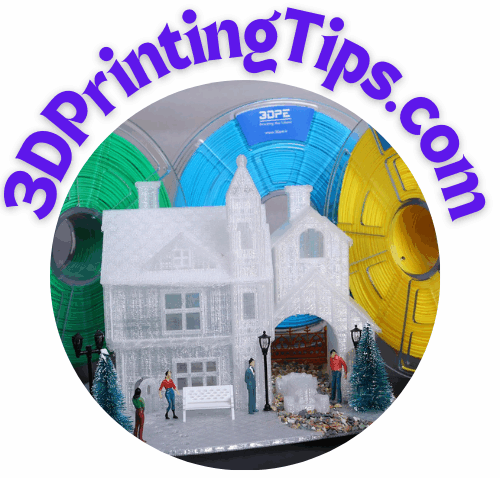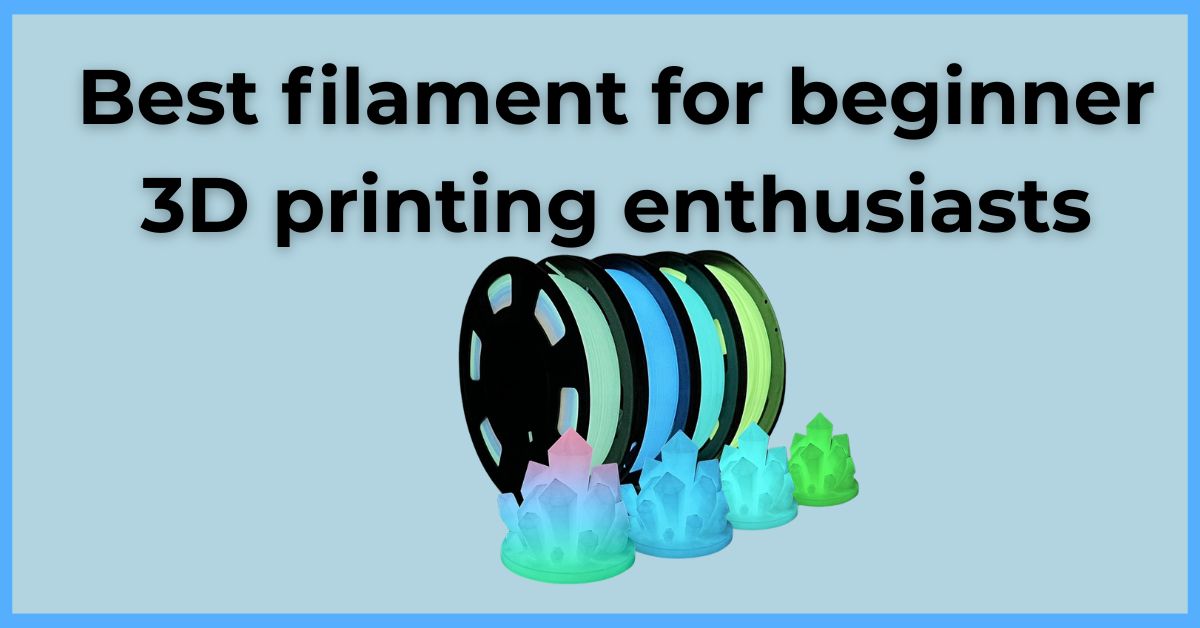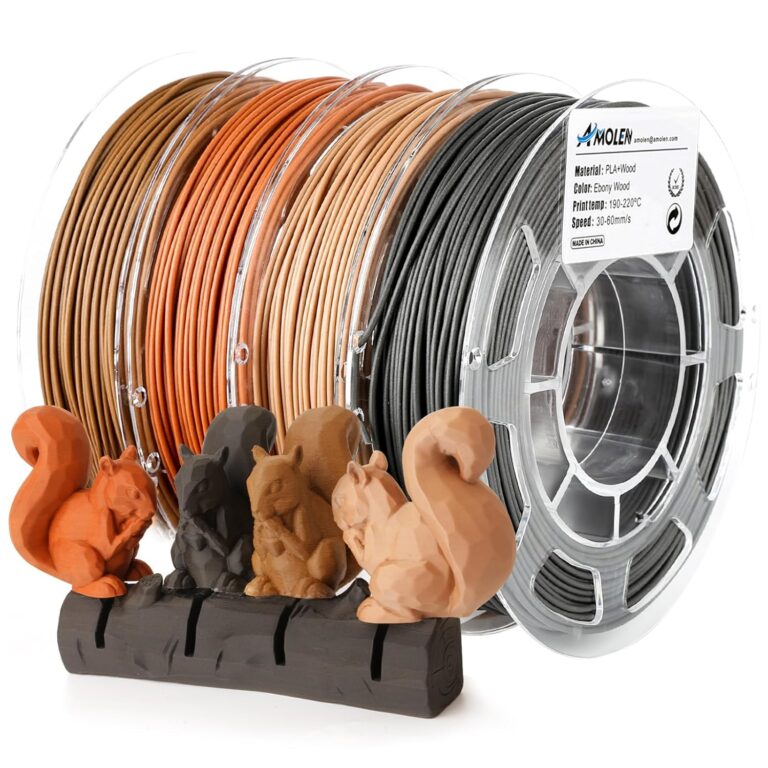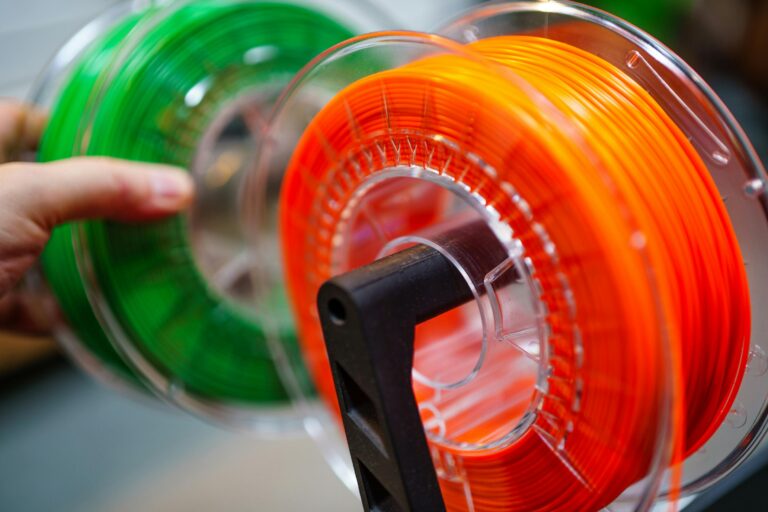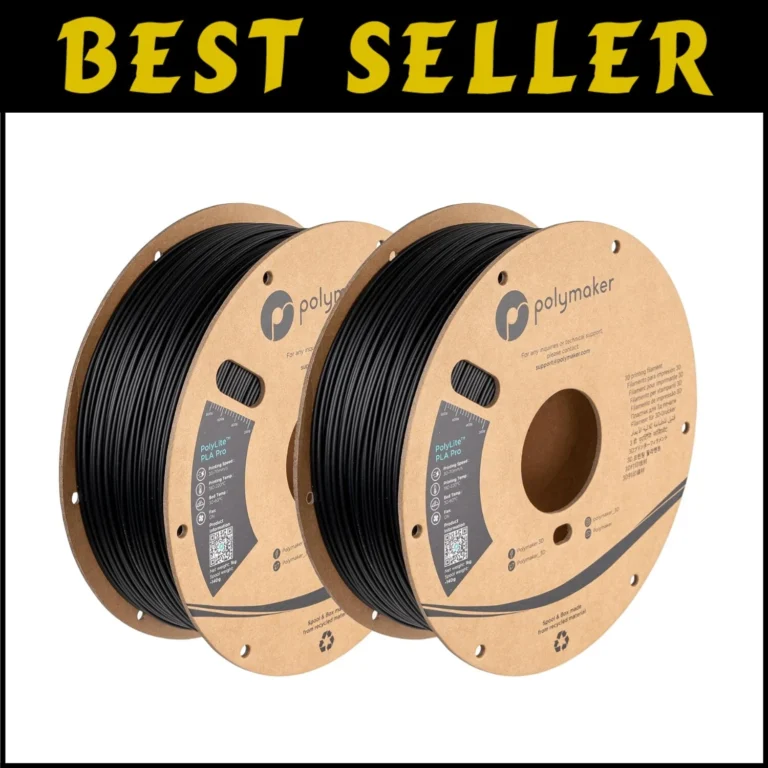Best filament for beginner 3D printing enthusiasts

1. Why Filament Choice Matters for Beginners
Choosing the Best filament for beginner 3D printing enthusiasts is one of the most important steps for new 3D printing enthusiasts. It directly affects print quality, ease of use, and the overall learning experience. Some filaments print smoothly with minimal effort, while others require fine-tuning or additional equipment. Here’s why beginners should pay close attention to filament selection.
Understanding Filament Types
Filaments are the raw material used in FDM (Fused Deposition Modeling) 3D printing. The Best filament for beginner 3D printing enthusiasts include:
- PLA (Polylactic Acid) – The easiest filament to use, offering excellent adhesion and minimal warping. It’s biodegradable and available in a wide range of colors and finishes.
- PETG (Polyethylene Terephthalate Glycol) – A strong, slightly flexible filament that’s more durable than PLA but requires higher printing temperatures and careful bed adhesion.
- ABS (Acrylonitrile Butadiene Styrene) – Known for its toughness, ABS is often used for functional parts, but it requires higher temperatures and good ventilation due to fumes.
For beginners, PLA is the most forgiving choice—it prints well at lower temperatures, doesn’t require an enclosed printer, and has minimal shrinkage or warping. PETG is a great second option for those wanting stronger prints, though it takes more tuning.
Common Beginner Filament Issues
New users often encounter filament-related challenges, including:
- Poor bed adhesion – If a filament doesn’t stick well, prints may shift or detach mid-print. A heated bed or adhesion aids (like glue or PEI sheets) help solve this.
- Stringing and oozing – Some filaments leave unwanted strands between print layers. Adjusting temperature or retraction settings can help reduce this.
- Moisture absorption – Filaments like PETG and nylon absorb humidity, which leads to printing defects. Proper storage in airtight containers keeps them fresh.
By understanding the advantages and potential issues with different filaments, beginners can make informed choices that lead to more successful prints.
2. Best Filaments for New 3D Printing Enthusiasts
Choosing the right filament makes a huge difference for beginners. Some materials are easier to print with, while others require precise settings and controlled environments. Here are the best options for newcomers:
PLA – The Easiest to Print
PLA (Polylactic Acid) is widely considered the best starter filament due to its hassle-free printing characteristics.
- Pros: Low-temperature printing, minimal warping, widely available in various colors and finishes.
- Cons: Not as durable as PETG, sensitive to heat exposure.
PLA prints smoothly on nearly all FDM printers, making it the go-to choice for first-timers. It adheres well to the bed, rarely warps, and doesn’t require an enclosure. It is the Best filament for beginner 3D printing enthusiasts
PETG – Stronger & More Functional
PETG (Polyethylene Terephthalate Glycol) offers increased durability while remaining beginner-friendly.
- Pros: Stronger than PLA, better temperature resistance, slightly flexible.
- Cons: Prone to stringing and requires fine-tuned cooling settings.
For beginners wanting tougher prints, PETG is a solid step up from PLA. Its added flexibility and impact resistance make it great for functional parts, though dialing in retraction settings helps minimize stringing. It is the second Best filament for beginner 3D printing enthusiasts
Silk & Matte PLA – Aesthetic & Simple
Specialty PLA variants offer unique finishes while maintaining beginner-friendly settings.
- Silk PLA: Produces glossy, smooth prints with eye-catching shine.
- Matte PLA: Creates a soft, non-reflective surface for a professional look.
These filaments require no special adjustments beyond standard PLA settings, making them great choices for beginners who want stylish prints right away.
Each of these options ensures a smooth entry into 3D printing, balancing print quality with ease of use.
3. Tips for Printing Successfully with Beginner-Friendly Filaments
Even beginner-friendly filaments require proper settings to achieve the best results. Here are some essential tips to ensure smooth prints and prevent common issues:
1. Optimizing Slicer Settings for PLA and PETG
Adjusting slicer parameters can make a huge difference in print quality.
- PLA: Ideal printing temperature is 190–210°C, with a bed temperature of 0–60°C.
- PETG: Requires 230–250°C for extruder temperature, with a bed heated to 70–90°C for optimal adhesion.
- Layer height: 0.2mm is a good balance between quality and speed for beginner prints.
- Retraction settings: PETG benefits from increased retraction distance to reduce stringing.
2. Bed Adhesion Strategies
Getting prints to stick properly without excessive adhesion is key:
- Glue stick method: Provides reliable adhesion for PLA without damaging the print bed.
- PEI sheet or textured build plate: Offers strong grip and smooth detachment once the bed cools.
- Painter’s tape: Useful for printers without heated beds, improving adhesion for PLA.
3. Proper Filament Storage
Filament absorbs moisture, which can cause print defects like bubbling or poor extrusion:
- Use airtight containers with desiccant packs to keep filament dry.
- Store PETG and matte PLA in low-humidity environments to prevent degradation.
- Avoid direct sunlight and excessive heat exposure to maintain filament quality.
By following these tips, beginners can achieve consistent results while learning the fundamentals of 3D printing.

